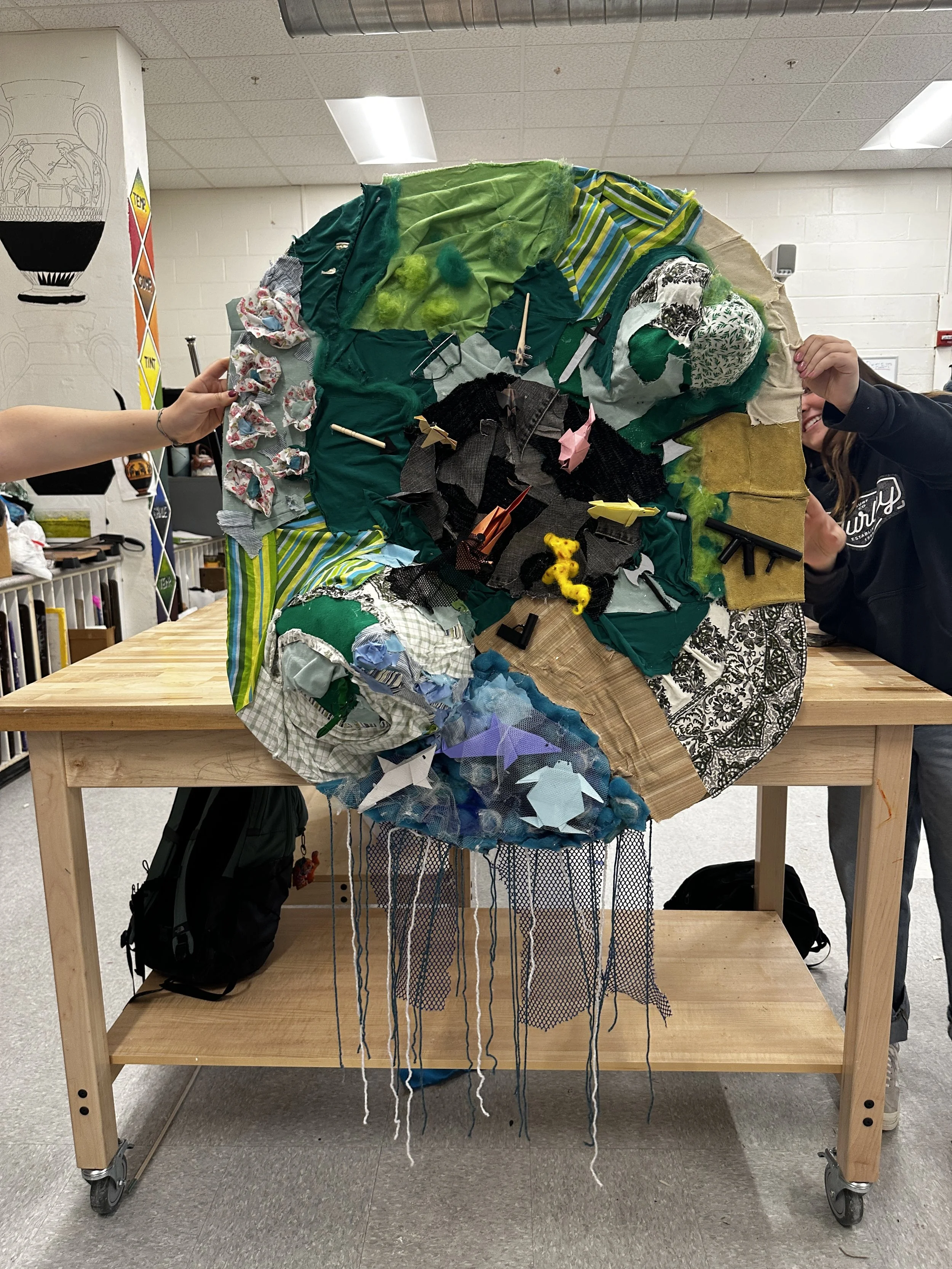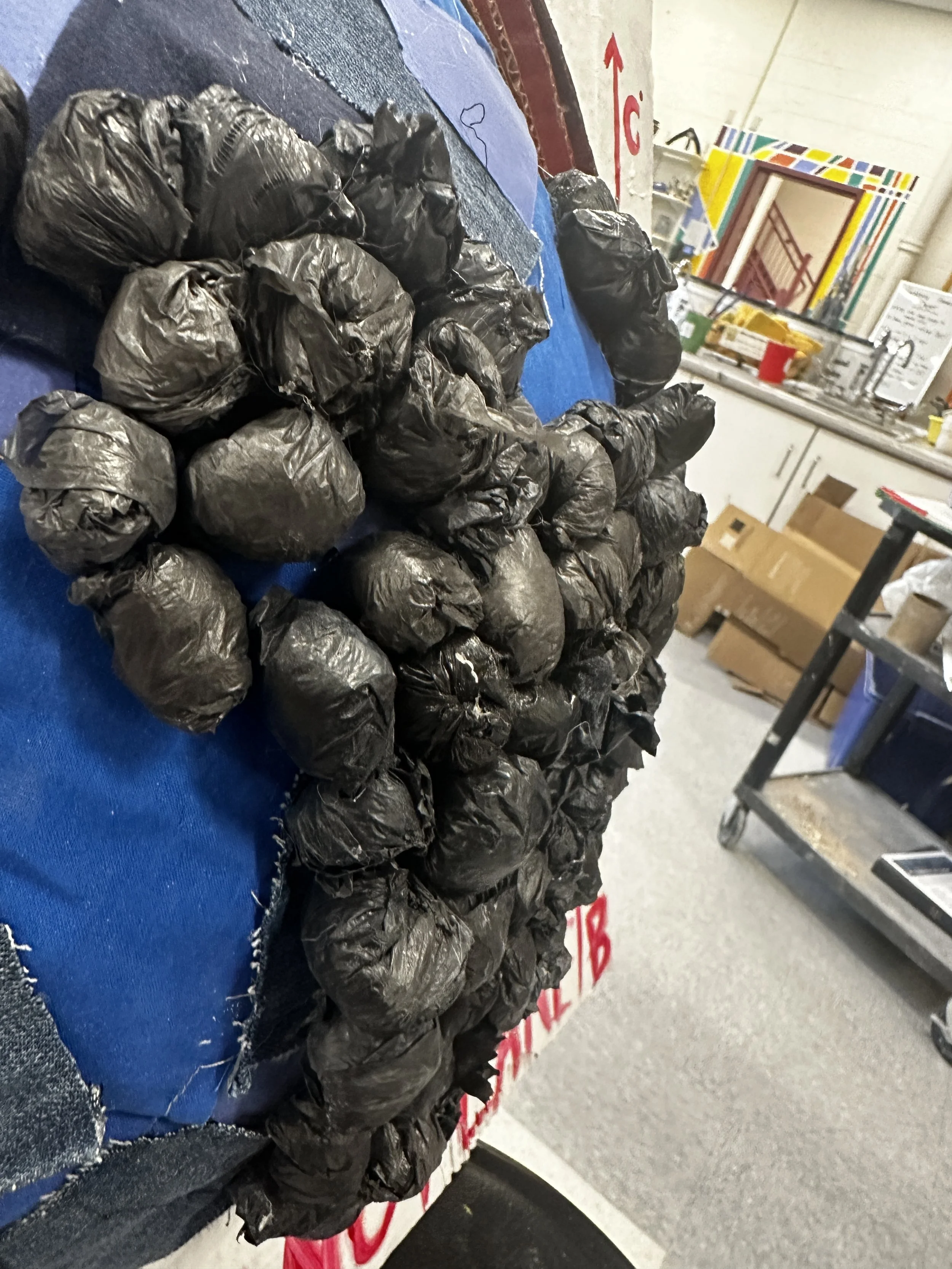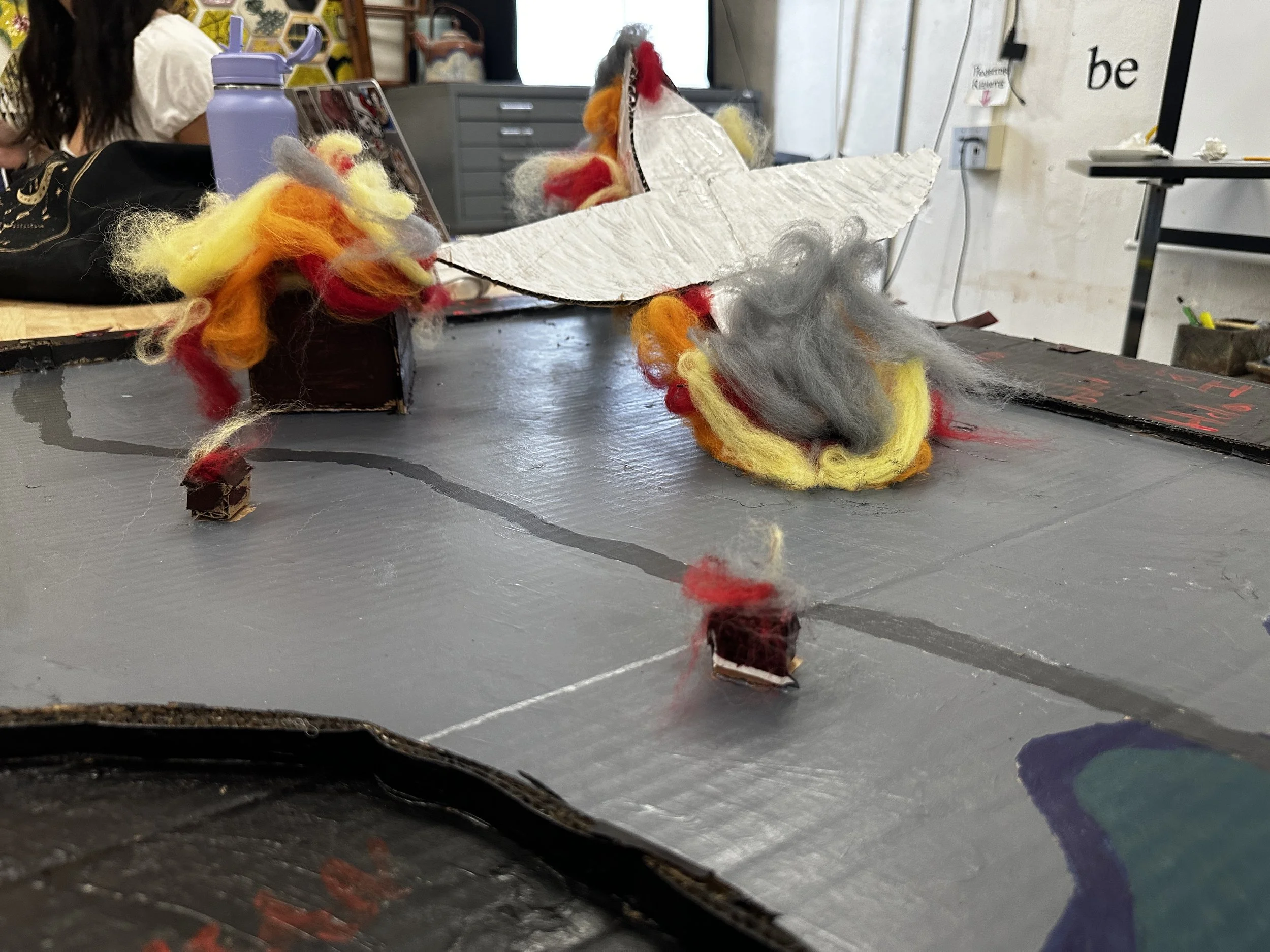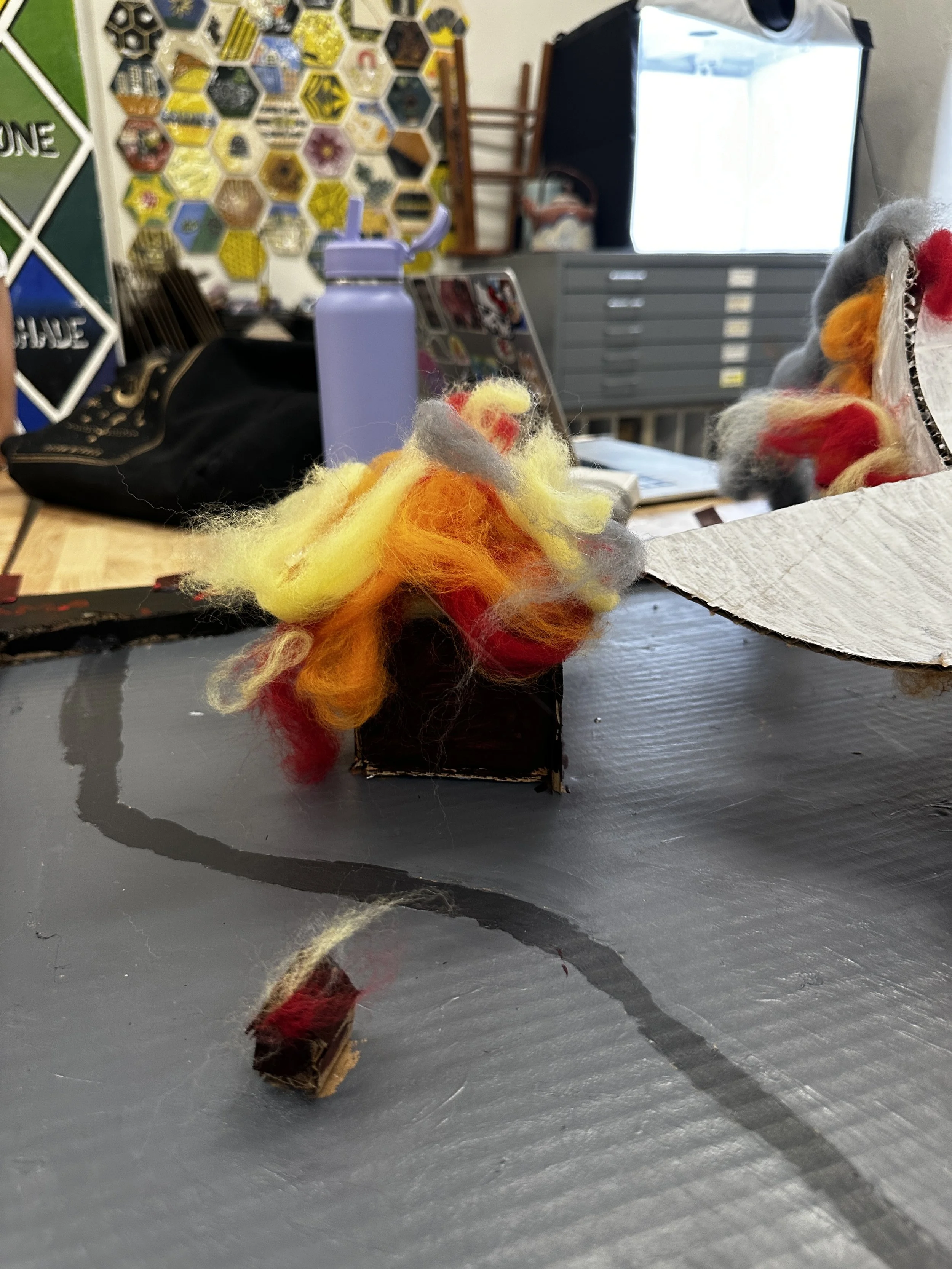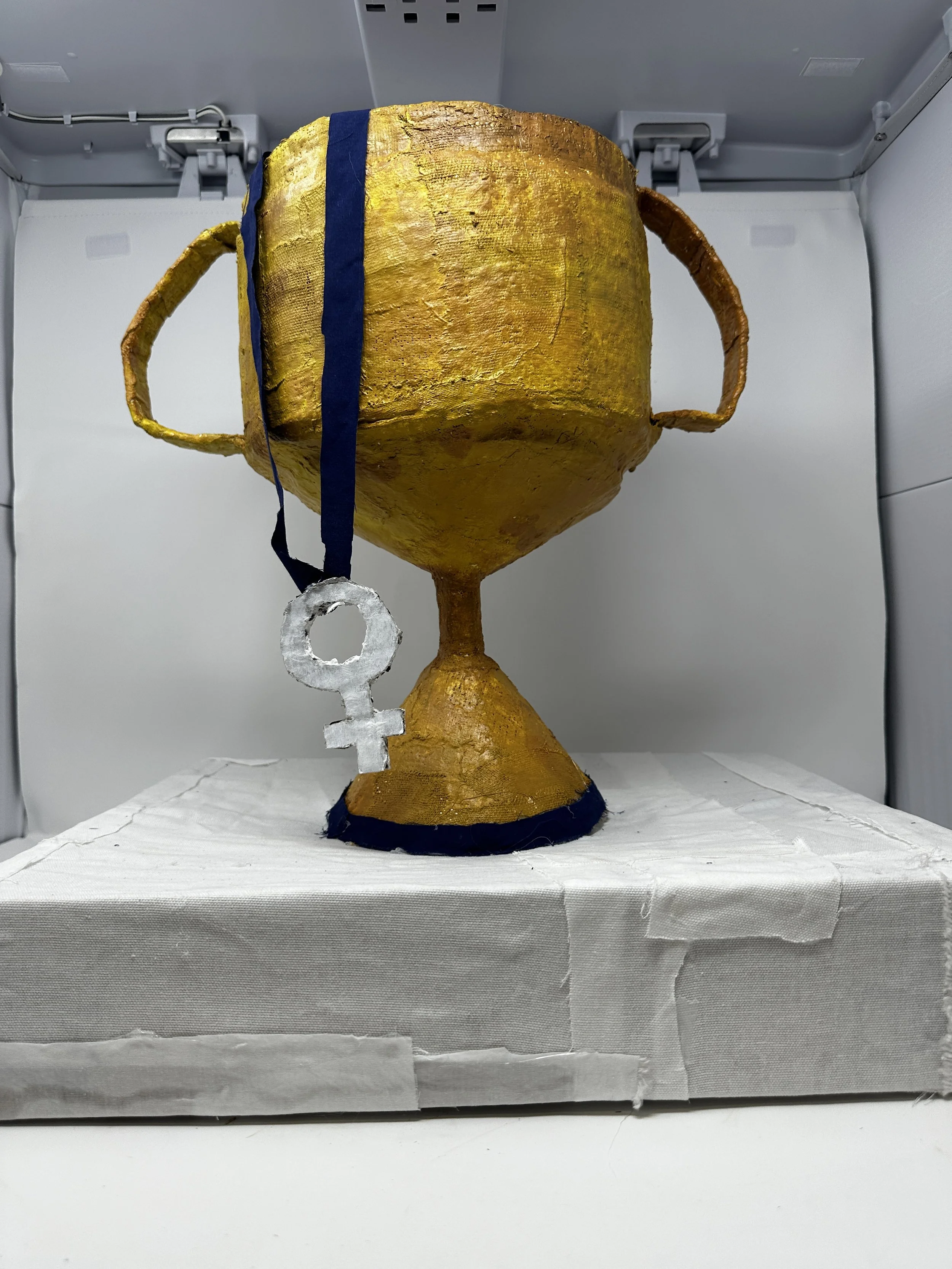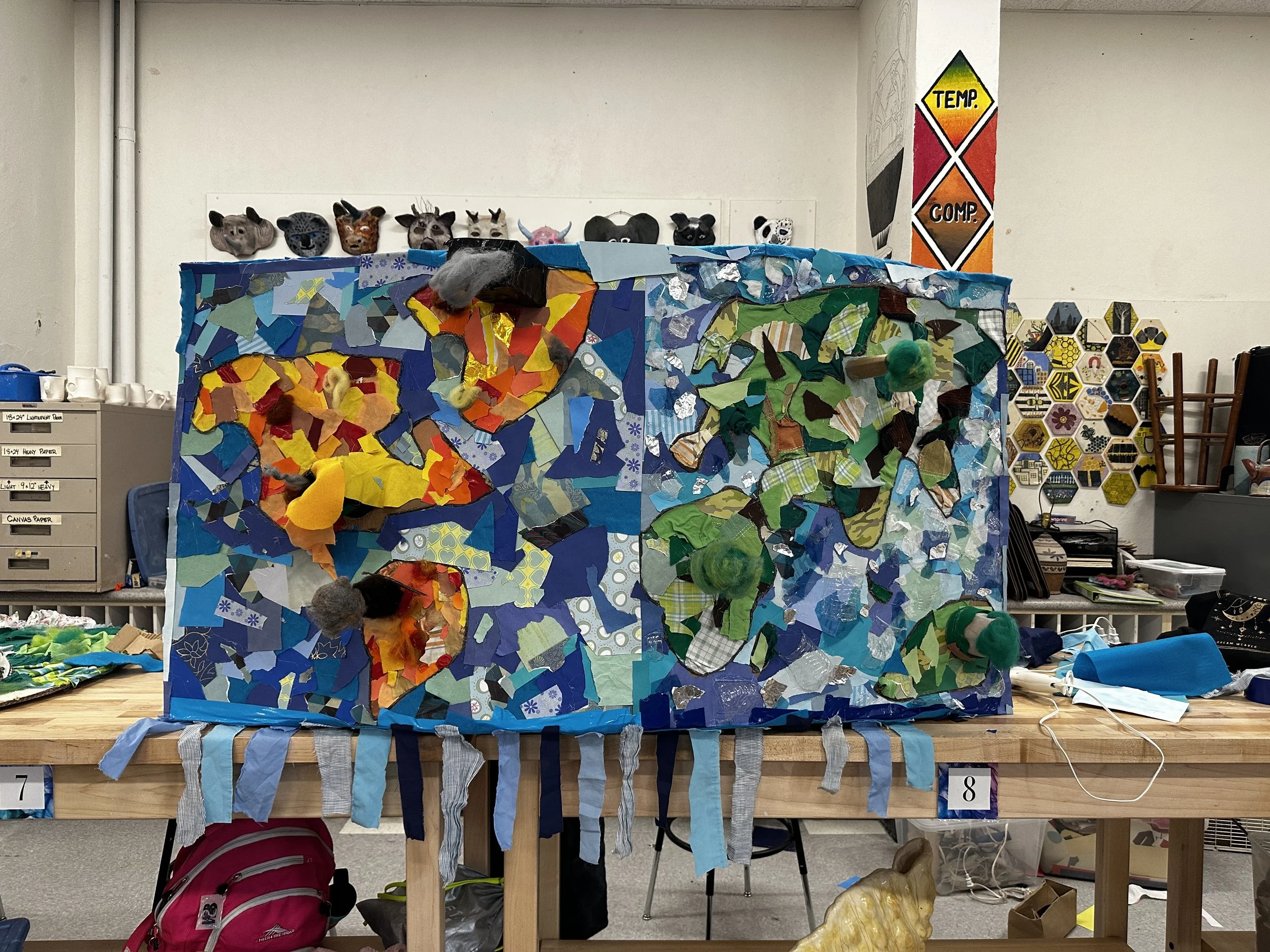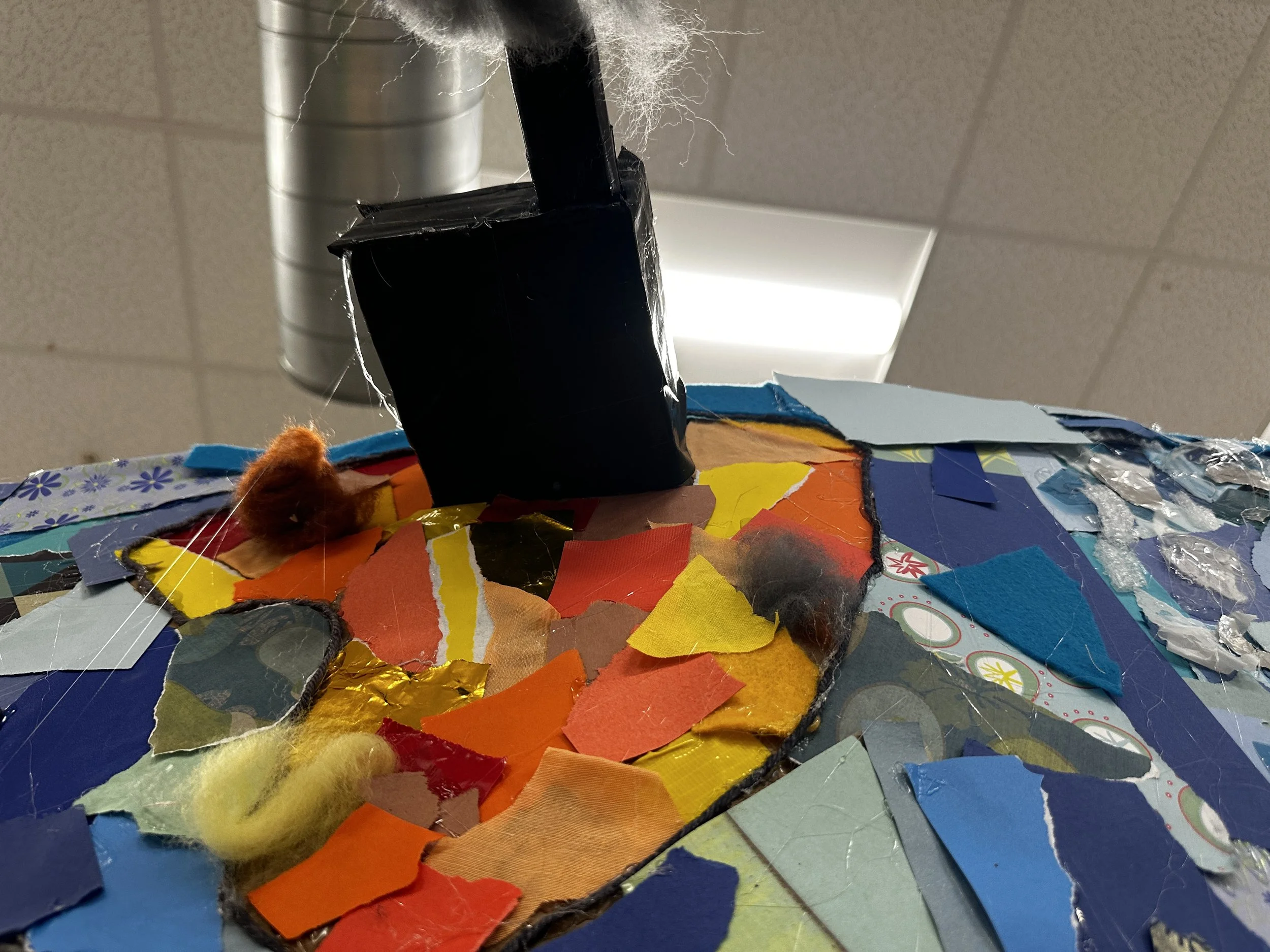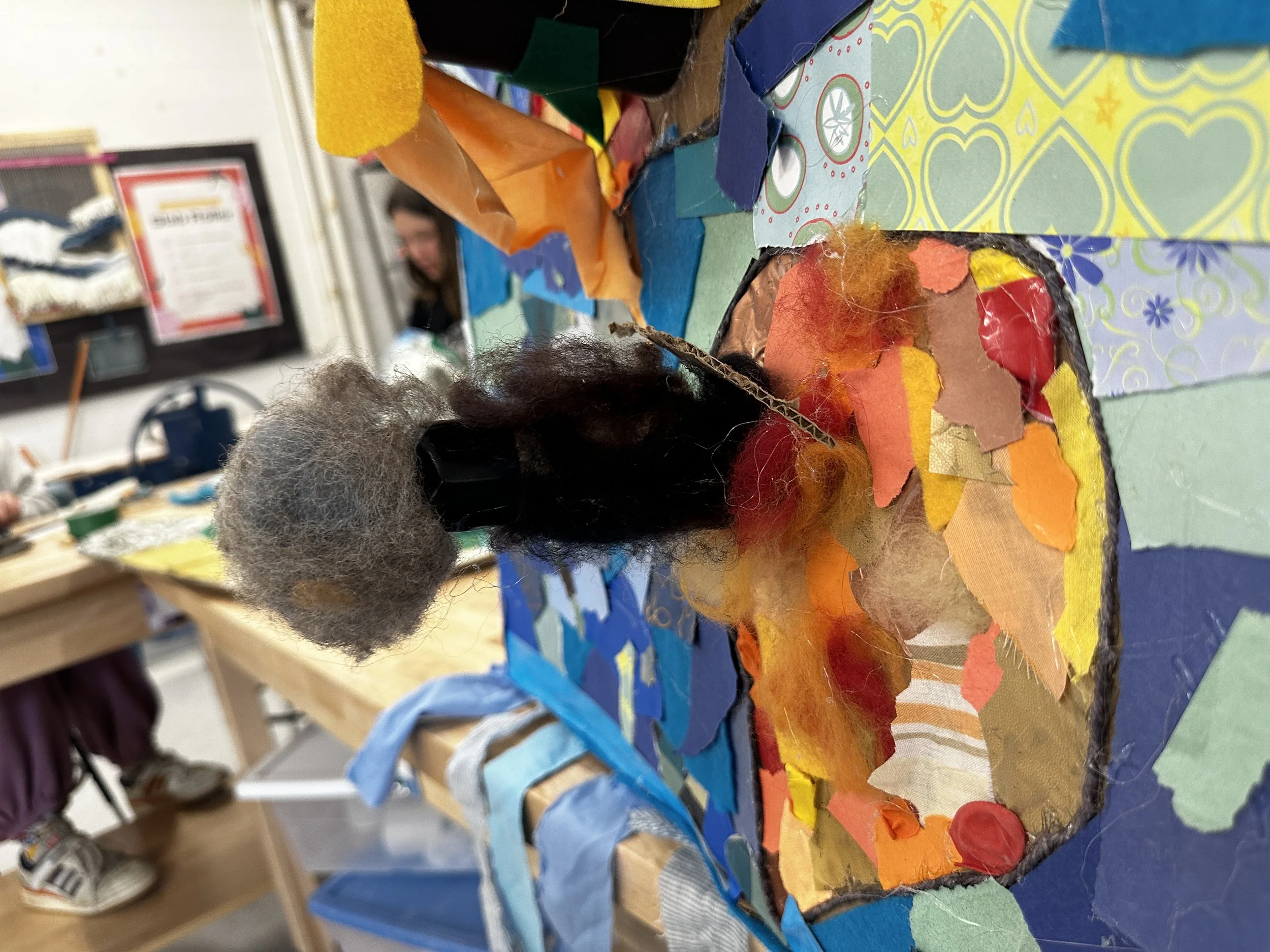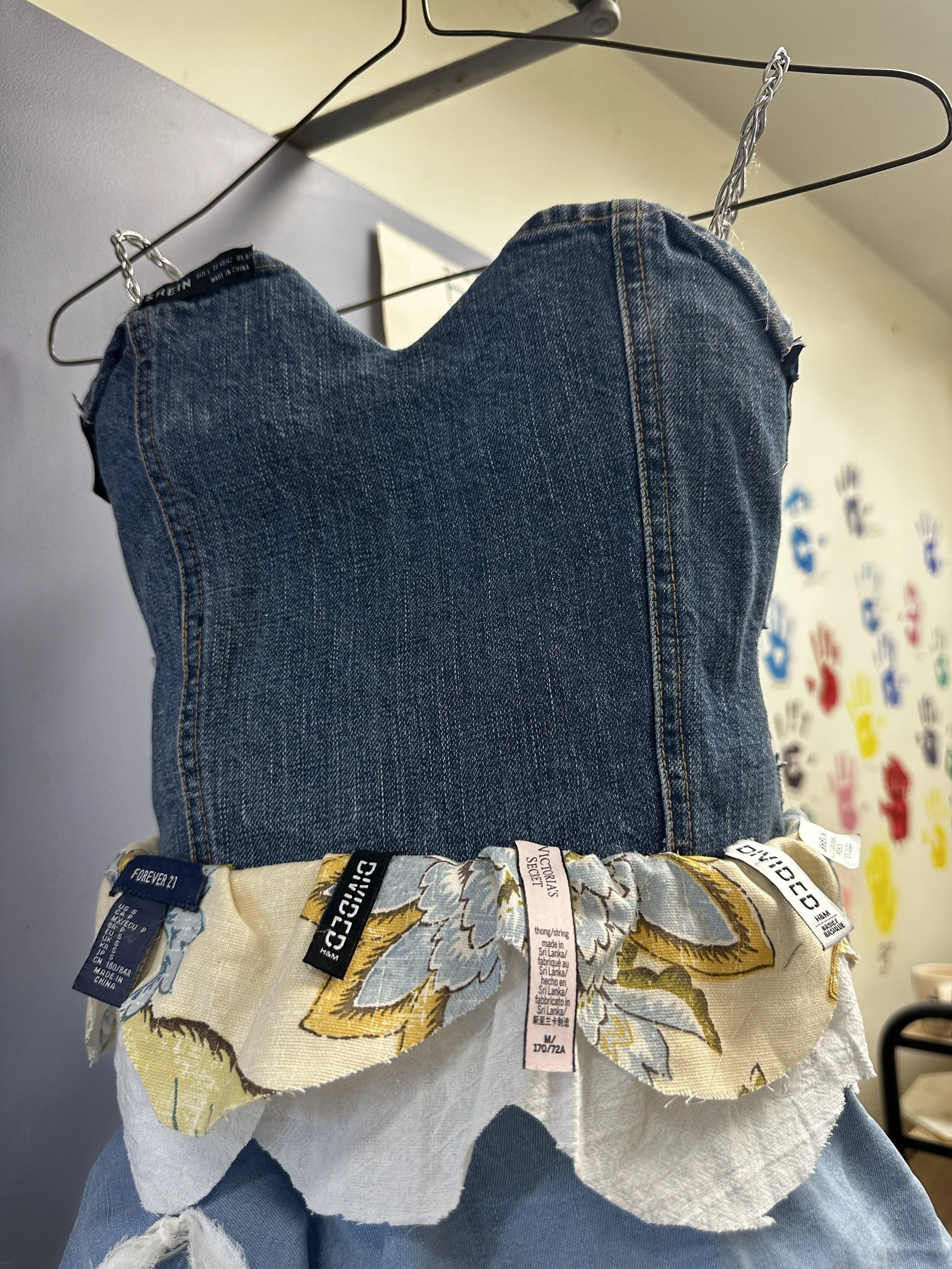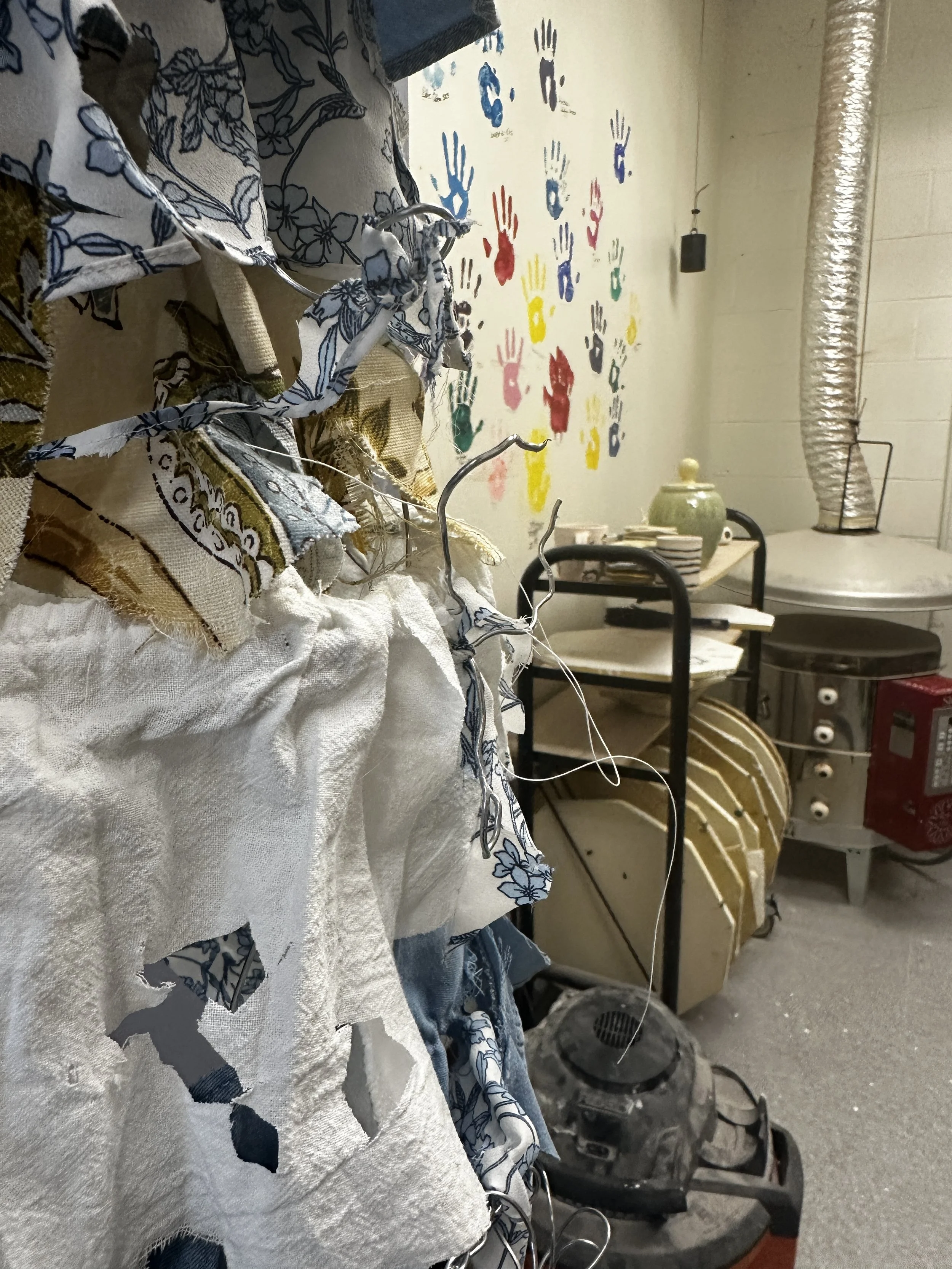Cape ELIZABETH hiGH SCHOOL
For my second student teaching placement, I was put at CEHS, and my mentor was Janna DeWan. She mainly taught ceramics classes, some foundation classes, and sculpture. While I was there I was teaching Ceramics I, Ceramics II+, and sculpture. This placement was challenging for me material-wise because while I had worked in clay before I had not taught a whole class on it. So Janna taught me the basics of clay so I could better help the students. In this placement I primarily wanted to focus on meaning-making, and creative thinking skills. I wanted to help my students think deeper about their art and step outside of the box
cERAMICS i
When I first got there the Ceramics I class was starting a new coil project. Janna introduced the projects to the classes but afterward, I took over in demonstrations, circling the room, and helping students as needed.
This project definitely took them longer than we thought to complete so I was about midway through my placement when I went to start my own with them
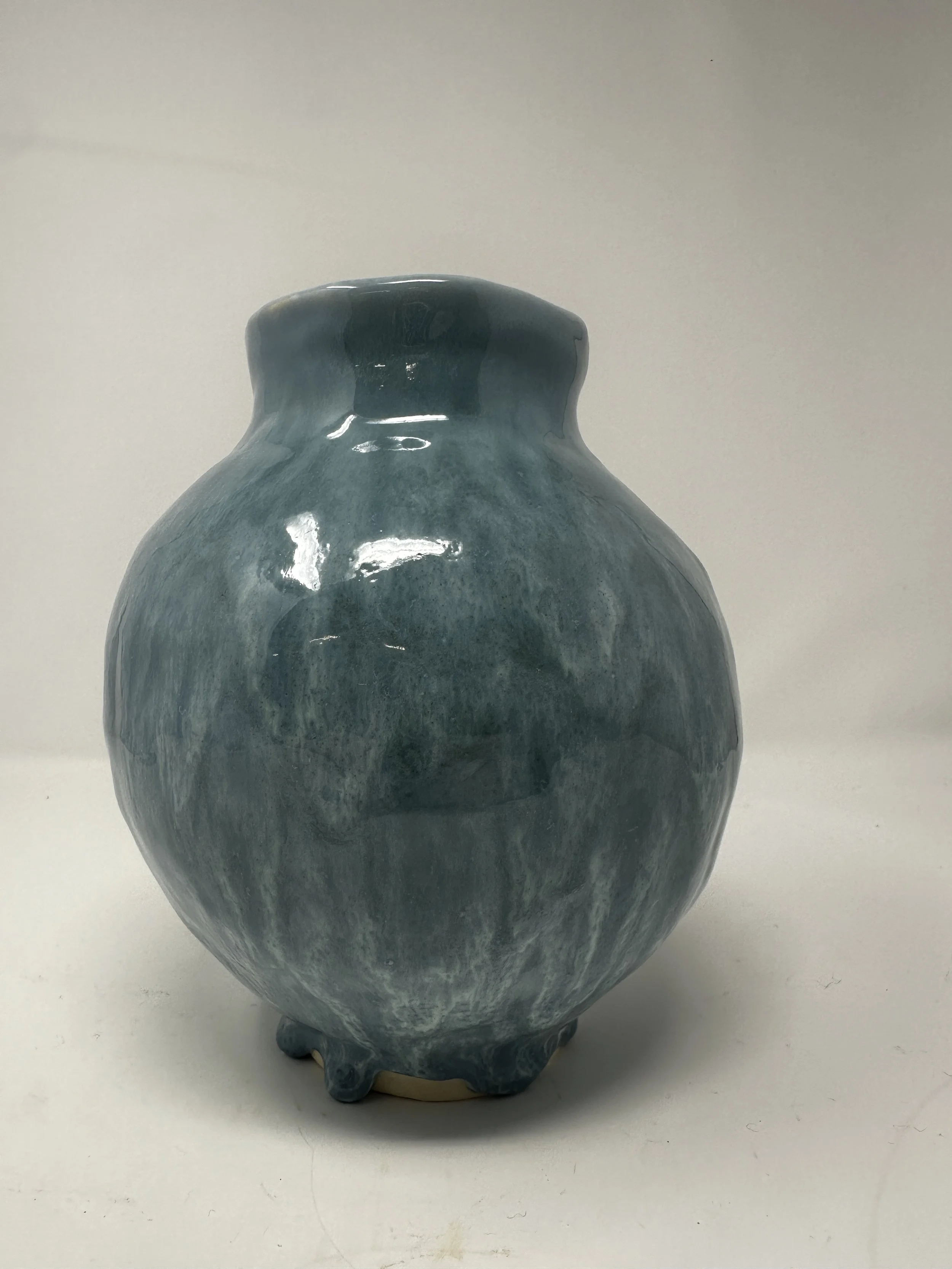









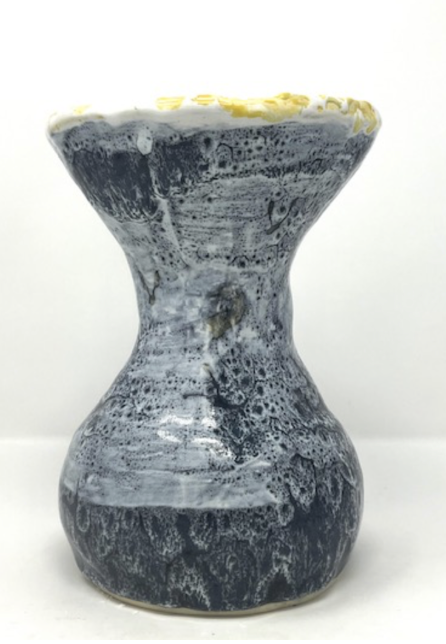
Next lesson
After their coilpot project was completed I was to introduce a project of my own creation using hard and soft slabs. The original idea and lesson plan was based on the concept of home, and what home meant to them. However, after evaluation of time, I found that this project was too lofty. Because it was a beginners' ceramics class, I thought time would be better spent showing and perfecting their technique. But below is the lesson plan for the Homey Slabs project I was initially going to do. The slideshow focuses heavily on exposing the students to artists to see what is possible using these techniques.
They learned how to use hard slabs to make a small box, and soft slabs to make a mug. I wanted to show them how to get their box perfectly square and keep their mug perfectly round so their craftsmanship needed to be good. I had to have students repetitively start over so they could get the skill down. To alleviate any nerves around this I also emphasized how it is okay to make mistakes, and that even I make mistakes. I tried to keep up an environment where mistakes were welcomed.
cERAMICS ii+
This class is an advanced ceramics class so it is less teacher-led than other classes. These students were working on personal projects that they themselves had come up with the concept. They had to propose their idea to the class and we all workshoped it together.
But while these students were working on their personal projects I wanted to also give them a mini-project to work on alongside as well. This was to show that a lot of times working artists have many projects going on all at once, so they should too. I called this project Bold Bowls.
The focus of this project was getting them to stay away from 'cheesy' Pinterest projects and think of new and interesting ways to make functional objects. In their personal projects, a lot of them were making functional pottery but struggling with making the project challenging for themselves. So after observation of that I decided this would be a fun project.
It pushed them to rethink what a bowl looks like and should be. It showed them that sometimes functional pottery does not look functional. I emphasized this by showing them different artists, and their approach to functional objects.
I believe the outcome of these projects was amazing, beautiful, and creative but if I were to do it again I create more stipulations. I would ask that the original bold mold be unrecognizable. Meaning that you could not tell where this bowl came from, meaning they manipulated the form and added to it.





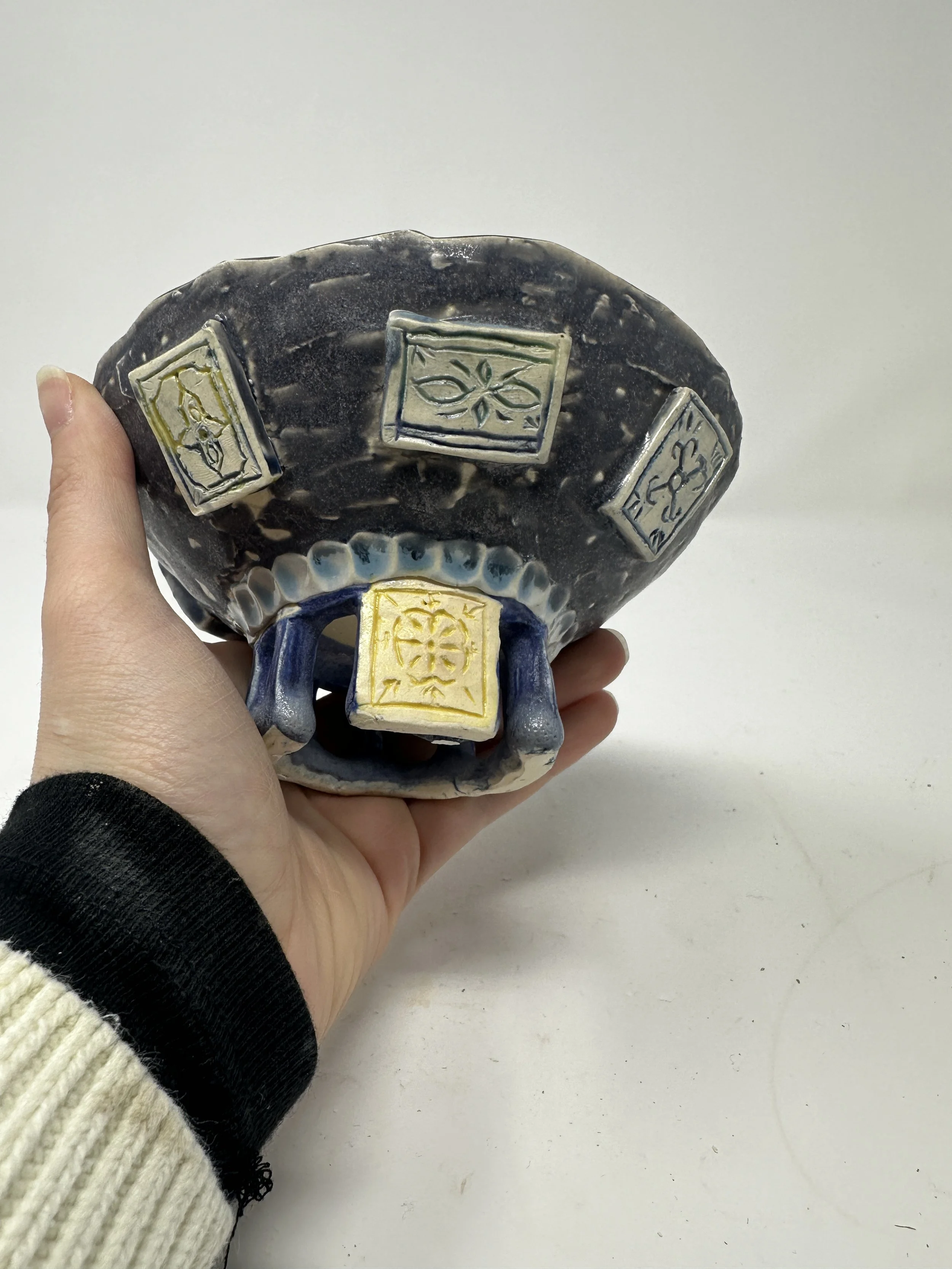


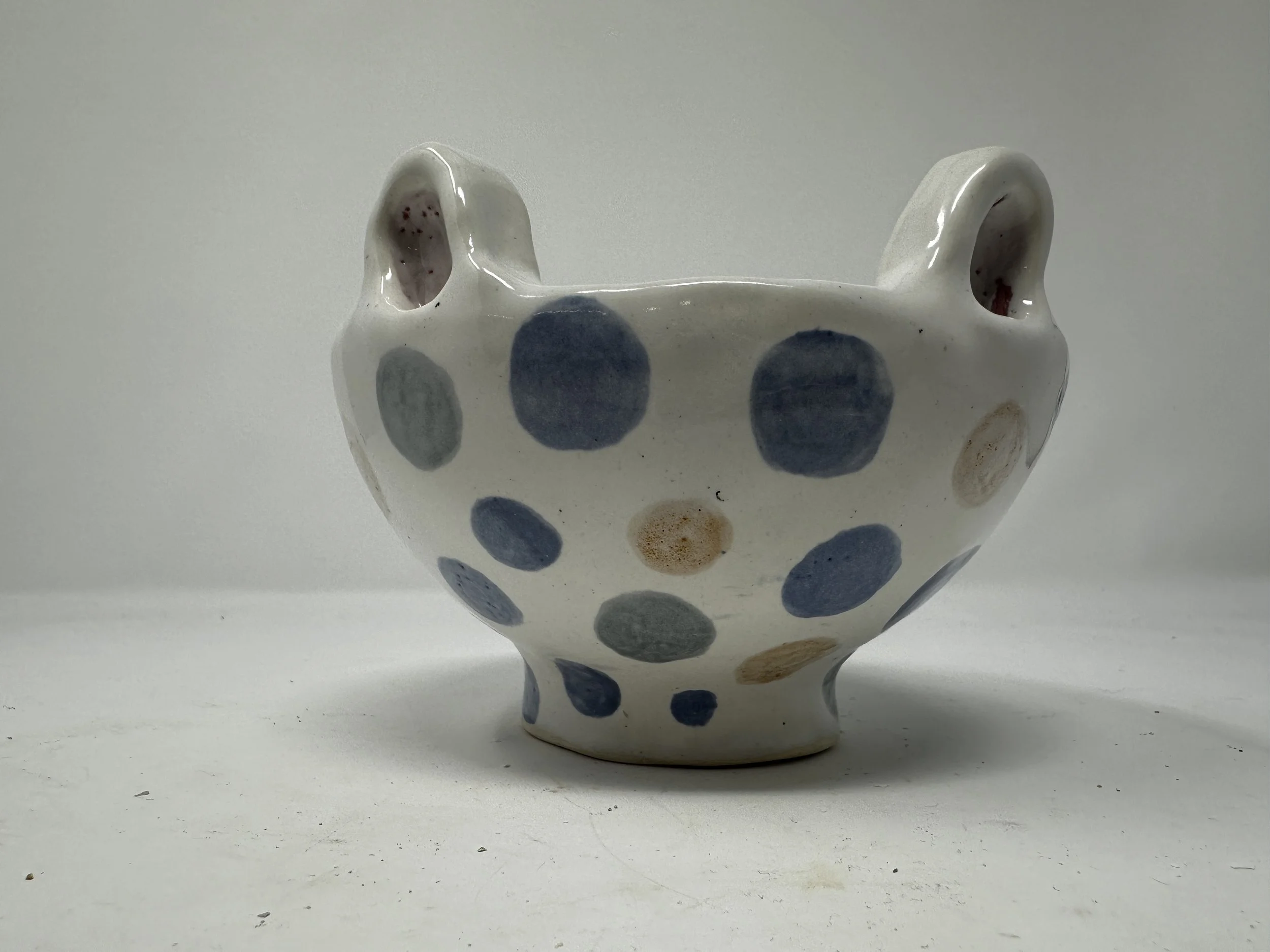

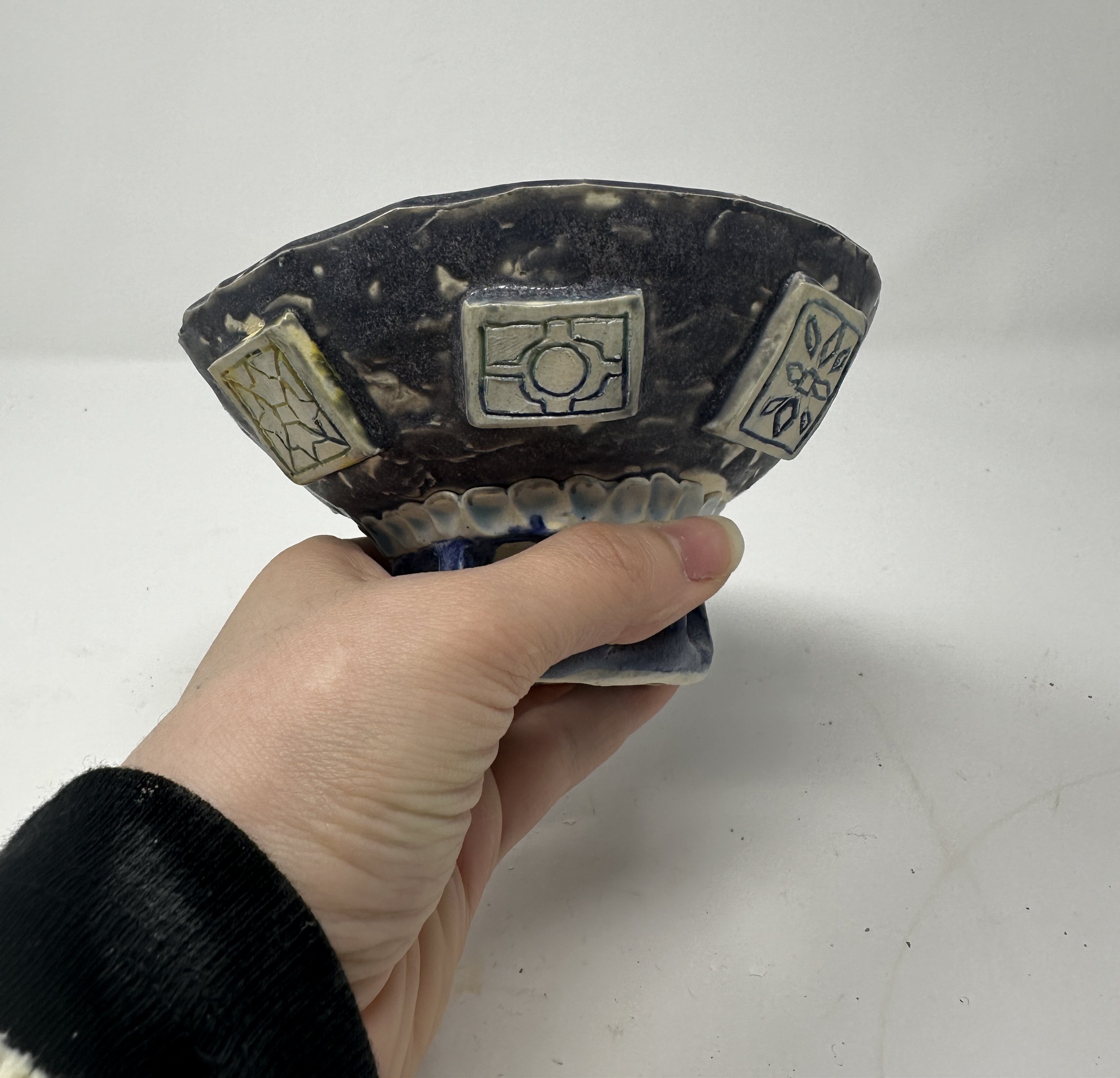







sCULPTURE
When I started with this class they were at the end of a needle felting project where they made imaginary fantastical creatures. After those were finished they needed a small quick project to reignite their interest so I decided to do a two-day stop-motion lesson that would include these creatures they made.
After this, I planned a lesson on art activism for these students. I chose this topic because, with the age of social media, students are more and more informed about what is going on in the world. They are also starting to form their own beliefs about politics and what is right vs what is wrong. I wanted to show them that advocacy isn't only done through protests and boycotting it can be done through art.
The first thing I showed my students was other artists advocating for what they believed in through art. This manifested through a slideshow presentation in which I showed them artist and asked them what they thought the message or intent of the artist was. At first, the students were a little quiet but soon enough we were having great discussions on art.
For the actual project, they would be creating 2ft-4ft tall sculptures that could hang off the wall. The message or intent of the sculpture was a social issue they cared a lot about. They were allowed to work in groups or by themselves and to my surprise the majority worked by themselves. I wanted to encourage meaning in art and encourage my students to understand how viewers might interpret art. Every work day I would meet with each group/student and ask them how they were to get their point across and I would have wonderful, engaging conversations with my students. I had one student come in during her free period just every day just to work on it. The students were very invested, and I believe this came from asking them to use their voice in art and talk about something important to them. Students are very invested in politics nowadays and are well-informed.
This was my favorite lesson I made during my student teaching. The conversations I had with my students were productive, and they understood the concept I was teaching. I think it is very important for students to know their art has a voice, and that art can invoke meaning and change. I believe that through this lesson the students started to believe this, and were proud of the art they made.
Art AS aCTIVISM lESSON
